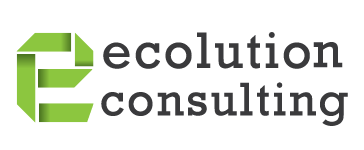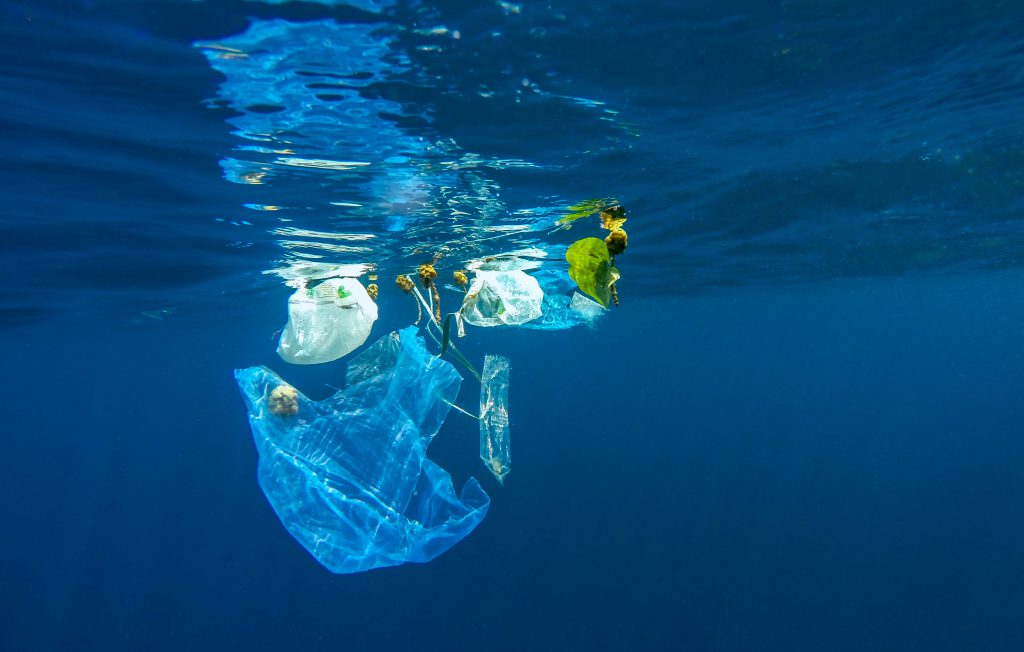Plastic has made its way into our everyday living because of its durability, affordability and usefulness, but has evolved into a one of the world’s greatest environmental epidemics that cannot be avoided any longer. In our efforts to combat this, we have embarked on a sustainability journey to becoming a zero waste office to try and ”Beat Plastic Pollution” and other waste.
Our zero waste office journey
In our shared office space with transparenCI, on our journey to zero waste, we are keeping track of our waste consumption through ongoing tracking. We recently conducted an audit in order to review how we’ve been fairing. As you can see in the infographic below, we generated 66kg of waste from Jan – May 2018. Of that, we were able to divert 94% from reaching landfill.

How this was achieved
At first glance, you can see we achieved this percentage through recycling, composting and the use of a process called Eco-bricking. But is it really that simple? Well, no. In fact there’s a lot more to reducing office waste.
Rethinking Waste and Employee Engagement
Becoming a low waste office has to start with rethinking the way that we see and approach waste. It relies on the fact that recycling and composting alone is not enough. That aspects such as refusing and reducing have to come first. It is equally unattainable to achieve without joint effort from all employees that strive towards achieving the same goal. In our office we have established an Eco Champion programme whereby certain individuals are tasked with pushing different portfolios forward, of which their performance is integrated into their KPI’s. Waste management is one of these categories. Eco Champions meetings take place once a month, where each eco champion is able to report back on progress and get new feedback and ideas from the rest of the team.
Strategically Placed Signage and Making Reusables Available
We have taken to placing strategic signage around the office as reminders on how we can all avoid single-use plastic and go waste free. For instance, at the entrance of our office we have a sign to remind employees to use reusables if they’re going out to get food or drinks, and have provided reusable canvas shopping bags and produce bags for them to use to avoid single-use plastic bags.


100 billion single-use cups to go landfill each year. Which is why we also recently introduced our own branded ecoffee cups that our employees can use when grabbing a takeaway hot drink. This eliminates the need to rely on single-use plastic coffee cups which are not recyclable.

Empowering employees to skip single-use water bottles
An average of 1 million plastic bottles are bought every minute. With plastic bottles being the second most common item found during international beach clean ups, we try to avoid the use of plastic bottles altogether by providing employees with fresh spring water that is collected locally in water canisters, whilst encouraging the use of reusable bottles (and reducing our load on the municipal water grid).

Waste Separation
Separating our waste generated in our office is crucial to keeping track of our waste consumption, which is why we have 4 separate collection points to separate the waste that is recyclable, compostable, edible for worms (to feed our worm farm), and eco-bricking.

Eco Bricking
As shown in our waste audit, 4% of our office’s waste goes to eco-bricking – which we hope to reduce over time. Now you may be wondering what exactly is an eco-brick? It is, quite simply, a plastic bottle that is packed solid with used non-recyclable plastic to create a reusable building block (Ecobricks.org, n.d) that cab be made into reusable bricks that can be used in many different ways such as making furniture, in garden spaces as well as in schools and buildings.
Whilst eco-bricks are a great way to contain waste that would previously end up in landfill (or worse), we acknowledge that the ultimate solution is rather to avoid these items in the first place.
Our Waste Eco Champion, Stephen, weighing eco-bricks with our office waste scale
Going forward, we’re focused and excited on reaching our goal of zero waste to landfill. As individuals, it is important to be cognizant of our power as consumers and using it to drive positive behavioural change to better the environment and #BeatPlasticPollution together. but , sadly, we live in a society where plastic is so entrenched into our daily living that it is difficult to shy away from, which is why it is essential to tackle the problem of our plastic footprint at its source.
Do you also want to transform your office into one that generates zero waste?
If you’d like some more tips and inspiration to reduce your waste, take a look at our blog on how to reduce your waste. We are pleased to offer waste management as one of our service offerings, and can help you achieve your zero waste to landfill goals. Take a look at our services page for more information here.
Got further questions? Do not hesitate to contact us on .
Still not convinced it’s time to Beat Plastic Pollution? Take a look at some of the realities of plastic pollution
It is said that every piece of plastic that was ever created still exists, and will continue to exist for another 500 years (Gonzaga, 2017). Much of the waste generated doesn’t make it to landfills but rather makes its way into water systems where drains are clogged, resulting in flooding and poor drainage of stormwater.
Plastic also takes an average of 100 years to degrade in the environment, and even when it has broken down, it still proves to be harmful because it’s broken down into tiny pieces called microplastic. Microplastic is one of the major threats to wildlife and human health, and has found its way into the water we consume and the food we eat. It is said that 83% of tap water and 90% of bottled water is found to contain plastic particles.
In the UN Environment’s latest report on plastic pollution, it is estimated that over 600 marine species are harmed by plastic, and plastic is the leading cause of 100 000 marine animal deaths each year. It is also estimated that by 2050, 99% of seabirds will have ingested plastic, and 15% of species affected by marine litter are endangered. These numbers reflect the severity of the plastic pollution phenomena that we are facing, and it’s up to us to take action and end the use of single-use plastics.
The global fight against plastic pollution
Because plastic pollution is something that affects us all, many countries are taking action by enforcing laws to try minimise plastic waste generation. According to the UN Environment’s latest report (2018), this is what the following continents are doing:
- In Africa, 25 countries have introduced national bans on plastic bags, with 58% of the countries implementing the bans between 2014 and 2017.
- In Europe, various bans and agreements with the private sector have been put into place in order to reduce the unnecessary production of single-use plastic as well as to eliminate over-packaging.
- In Central and South America, regulations have been introduced to reduce the consumption of plastic bags at both national and sub-national levels, with Costa Rica aiming to become the first country in the world to eliminate single-use plastics by 2021.
- In North America, plastic waste reduction regulations have been introduced at state or city level, but the USA is still the largest generator of plastic packaging waste per capita, followed by Japan and the EU.
- In Asia, there have been several attempts from countries to control the manufacture and use of plastic bags through levies and bans, yet efforts remain low and enforcement and regulation of these bans have been poor.
Whilst global efforts to curb plastic pollution are necessary in the fight against plastic pollution, our efforts as individuals remain just as important. We as consumers have the power to choose whether to support the plastic production industry, or to reject it and go plastic free.


